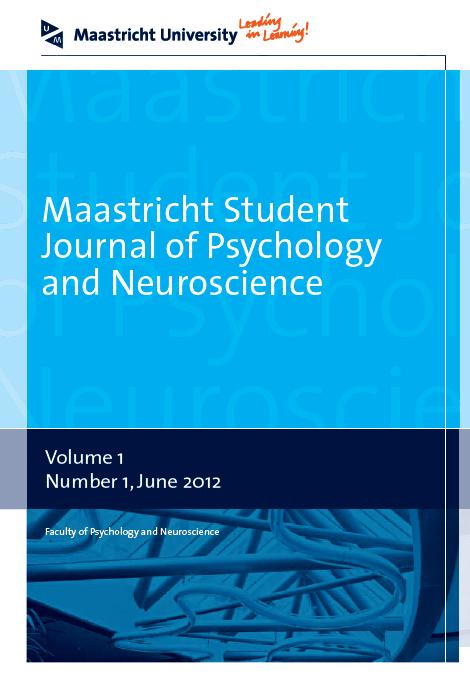How our brains are wired: Are the applications of diffusion imaging useful given the current limitations?
Abstract
Diffusion imaging (DI) enables researchers to study white matter (WM) pathways in the human brain in-vivo by labelling water molecules and measuring their diffusion into different directions. Connectivity patterns are inferred assuming that water diffuses rather along than across fibre bundles. This paper introduces the concept of DI, addresses suitable applications and evaluates gains versus limitations. Common applications are (1) generating WM atlases, (2) mapping connectional models of functionally subdivided brain regions, (3) linking disorders to connectivity abnormalities, (4) verifying WM pathways from animal studies, (5) linking personality traits to particular connectivity patterns, (6) measuring structural changes resulting from experience or ageing and (7) presurgical planning. Despite limitations like the moderate spatial resolution, or – more fundamentally – the lack of a gold standard and the kissing/crossing problem, DI can be regarded as a useful tool if researchers choose methods carefully and consider the known limitations.
Downloads
Published
Issue
Section
License
Authors can use either their accepted author manuscript for:
- Use at a conference, meeting or for teaching purposes.
- Internal training.
- Sharing individual articles with colleagues for their research use (also known as 'scholarly sharing').
- Use in a subsequent compilation of the author's, or the supervisor's works.
- Inclusion in a thesis or dissertation.
- Reuse of portions or extracts from the article in other works.
- Preparation of derivative works (other than for commercial purposes).

